Currently, about 65% of US elders are cared for by their families at home. For 13% of those who aren’t living with family, the gap is partially filled by assisted living establishments.
Seekers of Meaning Podcast Posted Online March 7, 2025
What's Next Longevity Deal Talk Episode 32, January, 2025
What's Next Longevity Venture Summit, June, 2025

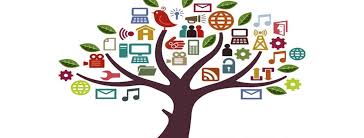 Each of several recent years, AARP has surveyed older adults about tech use. This year’s
Each of several recent years, AARP has surveyed older adults about tech use. This year’s 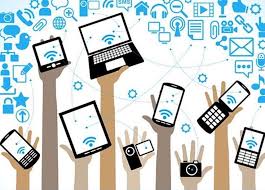 Kudos to AARP - life expectancy impacts tech adoption. For the first time in their published research, AARP’s
Kudos to AARP - life expectancy impacts tech adoption. For the first time in their published research, AARP’s 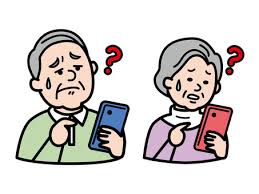 The tech user experience – still flawed and in need of fixing. As noted in the May report,
The tech user experience – still flawed and in need of fixing. As noted in the May report, 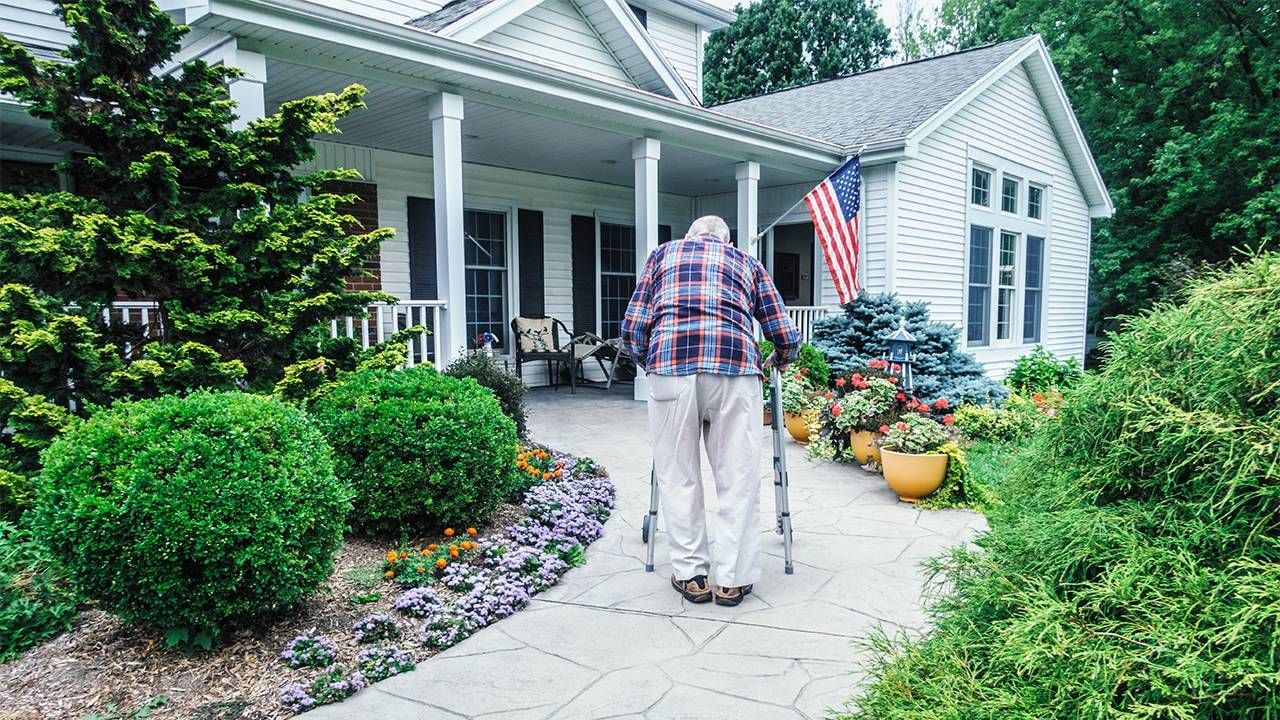 Is aging in place a smart strategy? Here we go again. In a brand new and similarly rosy
Is aging in place a smart strategy? Here we go again. In a brand new and similarly rosy  Surveys were released recently that trigger some debate. Consider whether the low adoption of health-related tech is due to flaws with the tech or with the survey questions? AARP’s responders only had
Surveys were released recently that trigger some debate. Consider whether the low adoption of health-related tech is due to flaws with the tech or with the survey questions? AARP’s responders only had  You were not alone at finding the first page of Google search results annoying. As has been expected, the
You were not alone at finding the first page of Google search results annoying. As has been expected, the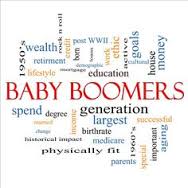 by boomers – the demographic looms large – and their future is likely underserved. You see it everywhere,
by boomers – the demographic looms large – and their future is likely underserved. You see it everywhere,